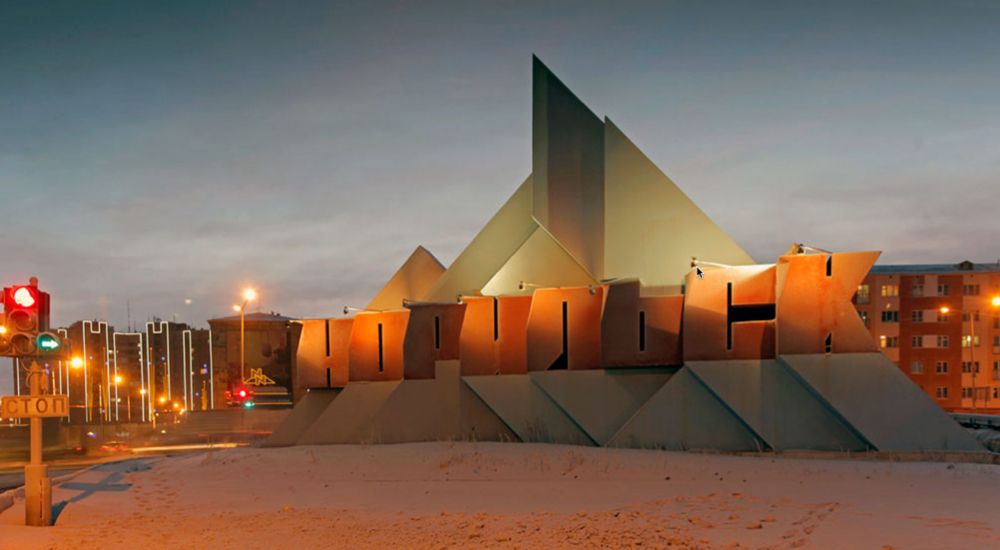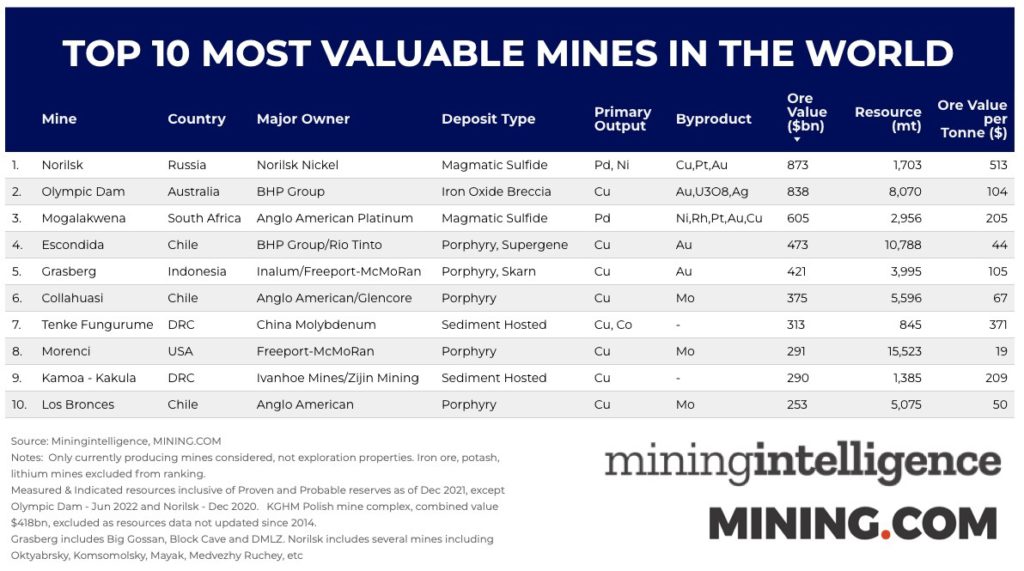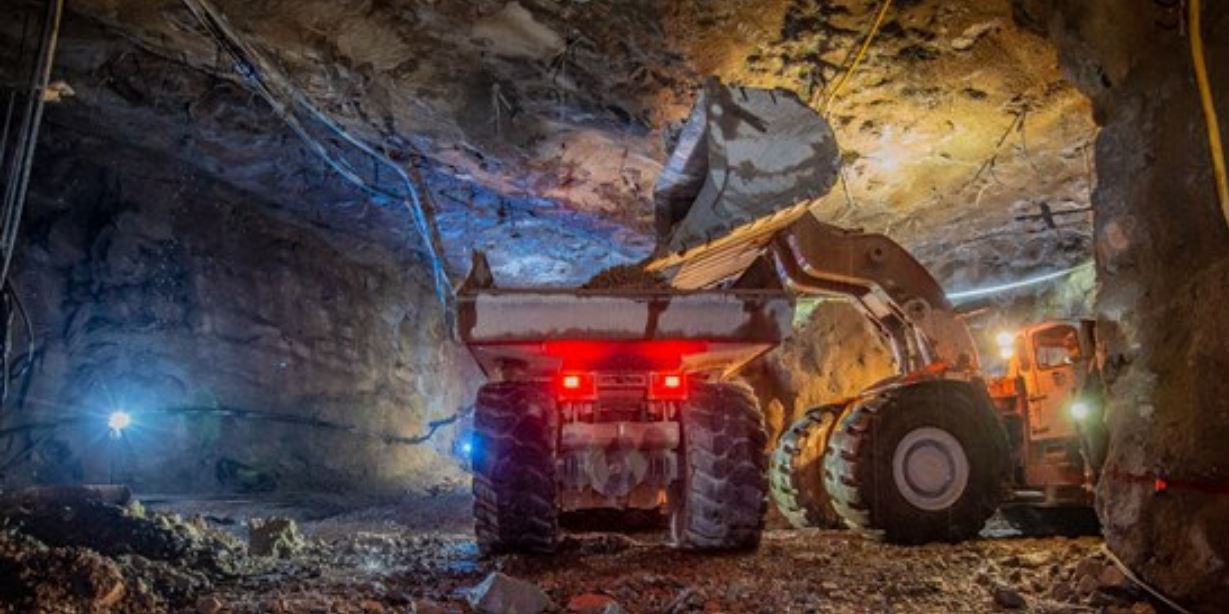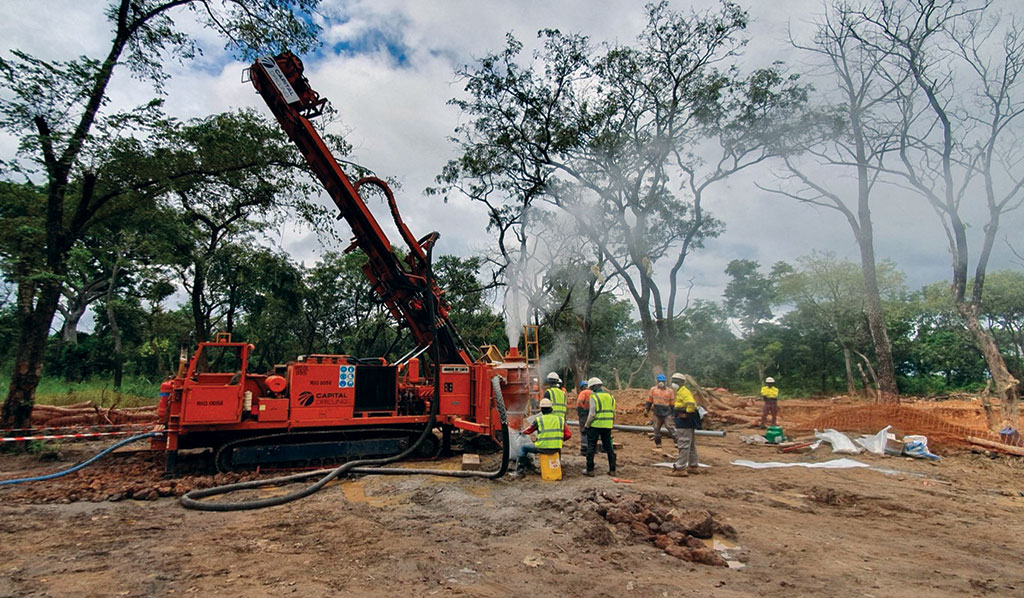RANKED: The world’s top 10 most valuable base and precious metal mines

The mining industry relies on a relatively small number of giant deposits to fuel growth — and new discoveries of this nature are few and far between.
Using data from sister company Miningintelligence, MINING.COM compiled a ranking of the world’s 10 richest working base and precious metal mines by calculating the aggregate value of mineral resources based on ruling prices.
Number 1 on the list, Norilsk Nickel’s eponymous operations in Russia’s far north, date back to 1960 with the discovery of the Talnakhskoye field although the refinery processing Soviet nickel output started up decades earlier. Today a complex of several mines around Norilsk extract the Ni, Cu, Pt, Pd and Au metals from the magmatic sulphide deposit.
The second most valuable orebody in the world being mined today – Olympic Dam in South Australia – was discovered in the mid-1970s, while no. 3 Mogalakwena in South Africa began operations in the 1990s. The world’s largest copper mine Escondida, which sits at no. 4 on the list, was discovered in 1981 but wouldn’t hit current production in excess of one million tonnes per year before 2004.

While these mines are approaching middle age, they are relative newcomers considering that no 8 Morenci began operations in 1873, mining activity at no. 4 Collahuasi dates back to the 1880s, no. 10 Los Bronces went into production in 1916 and Grasberg (then Ertsberg or Ore Mountain) was first explored in 1936. Indeed, the world’s top 20 copper mines have a weighted average age of nearly 100 years from initial discovery.
The discovery of Congo’s Tenke Fungurume dates back to the 1970s, but standout on the list for its youth is Kamoa Kakula with first production only in May last year although the high-grade copper deposit in the DRC was first discovered in the early 2000s.
Mining’s 2022 has been a particularly volatile year with a few metals – including bellwether copper – hitting all-time highs during the first quarter only to plunge to multi-year lows during the summer.
Measured from the start of the year all base metals – except nickel – are down by double digit percentage points with copper officially in a bear market with a 20% drop in 2022. Among precious metals palladium is showing gains for the year and platinum is trading flat, but gold is down nearly 10% and silver has lost 16% in value.
A back of the envelope calculation shows the value of the contained metal at Norilsk would’ve pushed $1.5 trillion back when palladium (representing 43% of the dollar value) was trading above $3,000, nickel (30%) over $48,000 and copper (19%) more than $10,000 back in March.
The same sum for Olympic Dam sees the copper (64% of the overall value), gold (19%), uranium (15%) and silver mine also top a $1 trillion measured using the 52-week highs of the metals and nuclear fuel. Uranium’s comeback continues to gain momentum and the price of yellowcake is up more than 20% since the start of the year.
While not nearly all the contained metals in measured and indicated resources in these deposits will be extracted, the exercise does illustrate just what valuable assets mines like these are. And perhaps more pertinent – just how uneven rich deposits like these are scattered across the planet.
More data is at Miningintelligence.
More News
{{ commodity.name }}
{{ post.title }}
{{ post.date }}



Comments